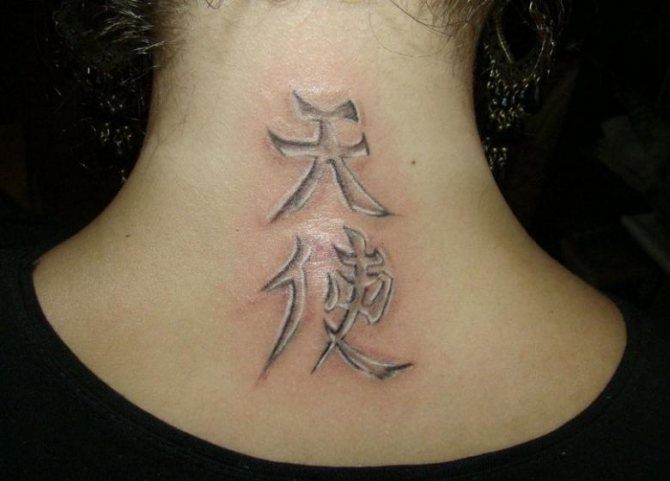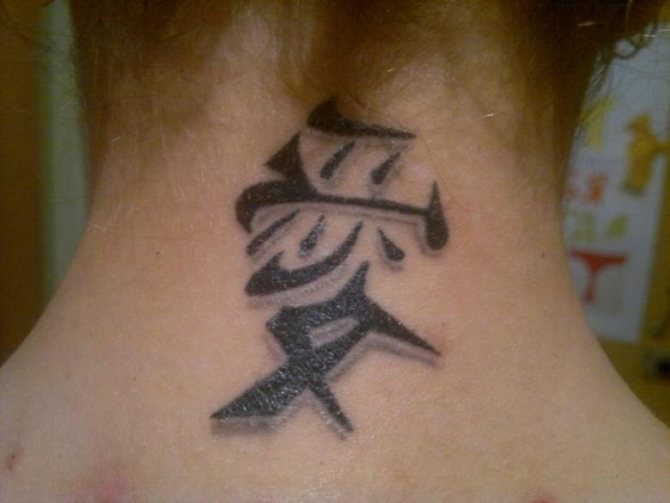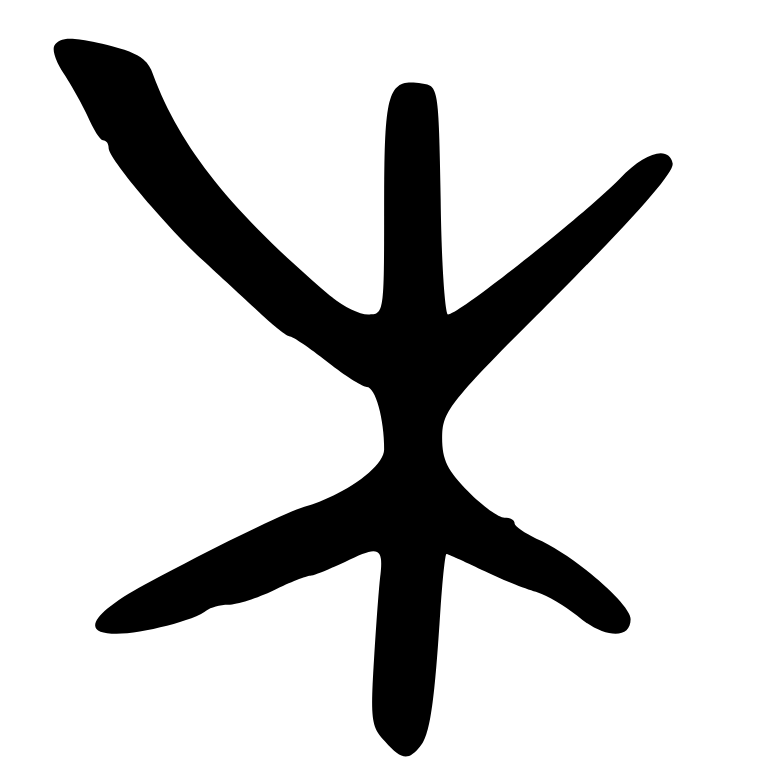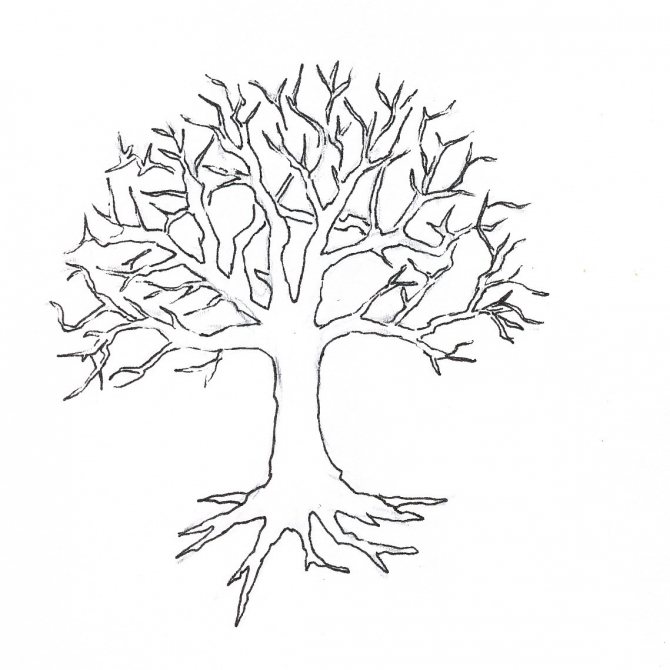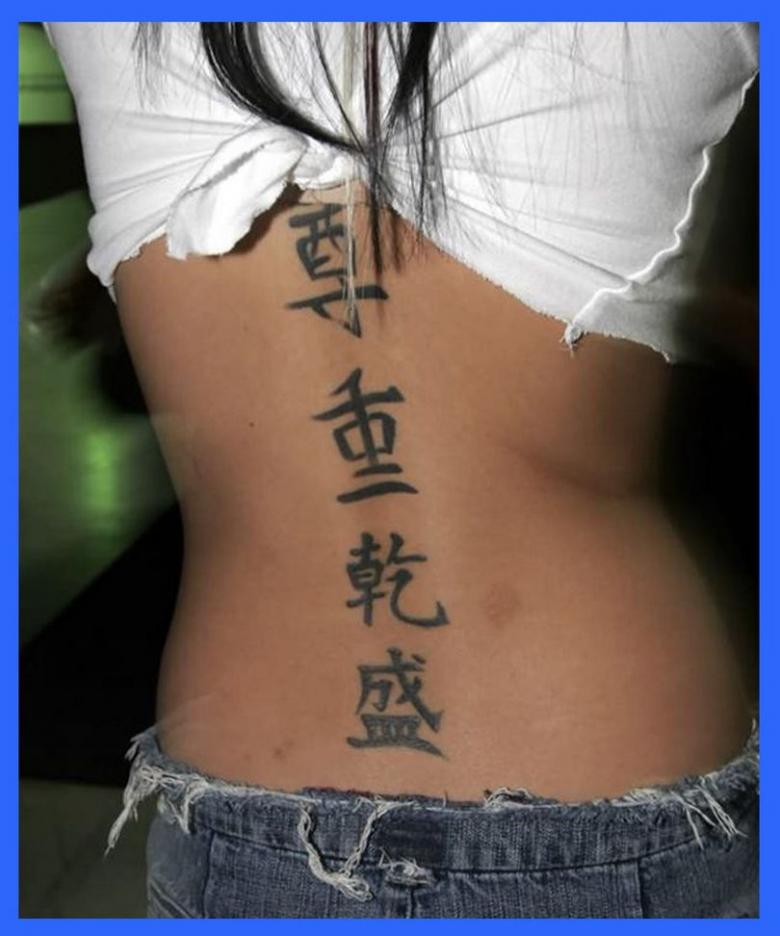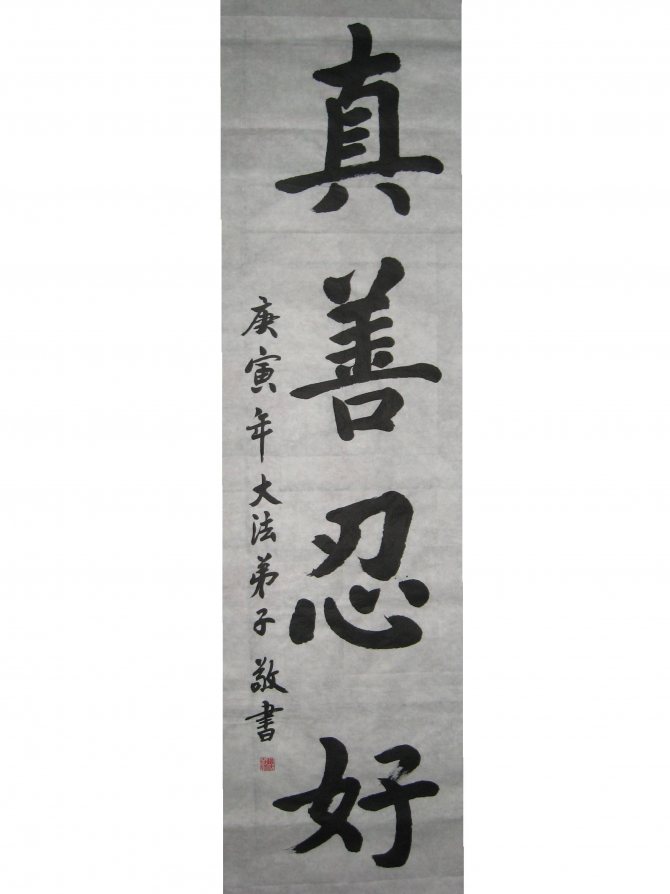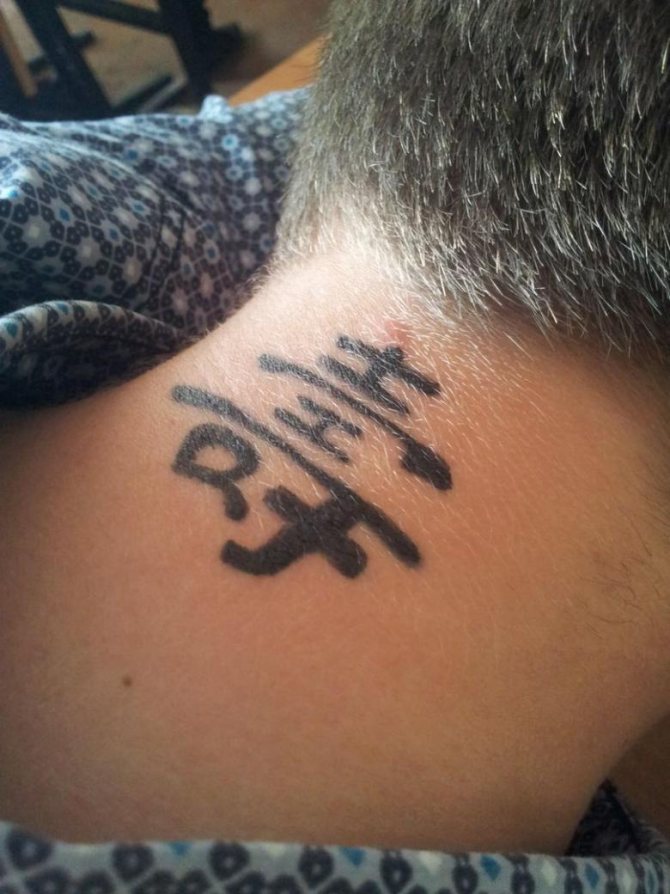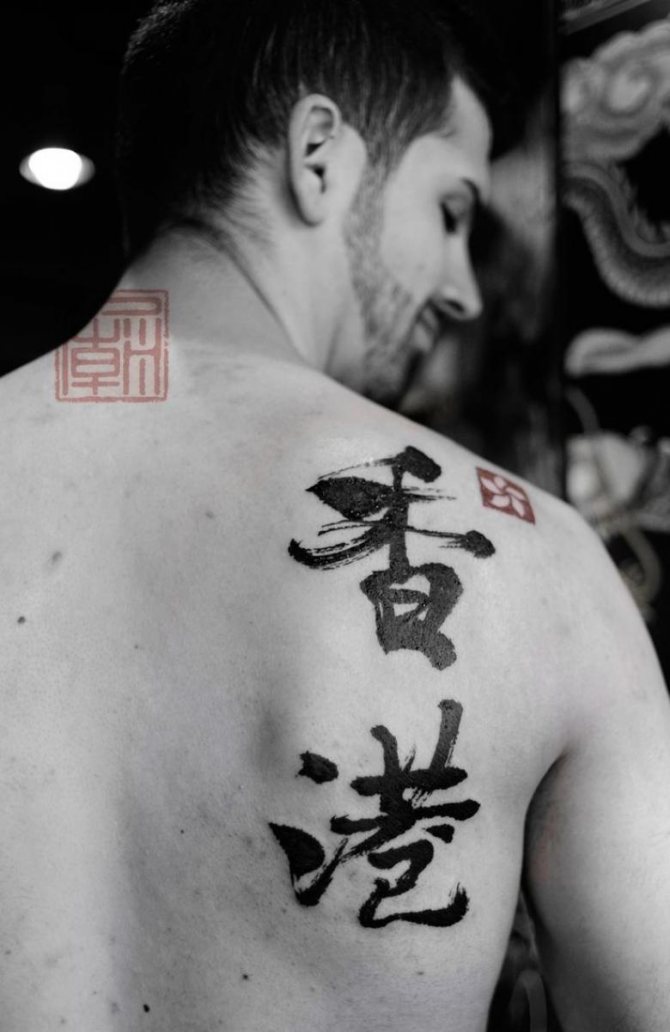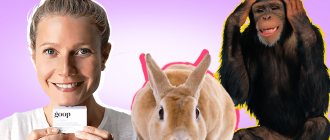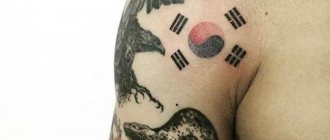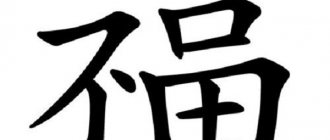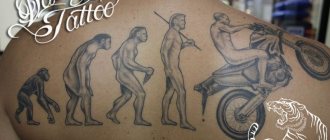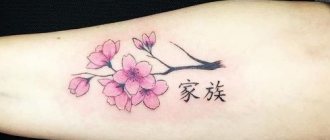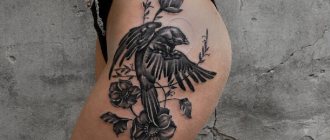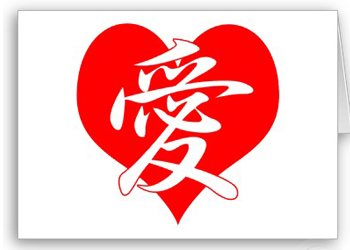
Feng shui... is a philosophy of success and prosperity, the doctrine of harmony and peace, the ancient Chinese science of attraction of happiness and prosperity. How many sacred gifts are stored in it! The creators of all the postulates of Feng Shui did not only honor the laws of Genesis, but also took care of their preservation. It is not surprising that so many different and effective ways to improve your life have come down to us. One of these is the writing of hieroglyphs.
For the European person hieroglyph is an incomprehensible combination of dashes and squiggles. But all these keys were created for a reason, they were a prototype of the world around us. Each sign is a certain symbol of water, man, mountains, trees and so on. That is why hieroglyphs have such power and, by right, are recognized as one of the most effective talismans for attracting luck, love or happiness to your life!
Do you want to check their action on yourself? Let me give you a choice of several excellent and time-tested hieroglyphic talismans:
Popular Chinese characters for tattoos and their meaning
Chinese characters as tattoos were first used in the West. At first it was considered something exotic. They were applied only in black color. It is necessary to consider that the tattoo in the form of Chinese hieroglyphs is exclusively the European invention. In China, it is almost never practiced.
At the same time, inscriptions as tattoos in English are becoming popular in salons in Japan and China. Both in the case of English and Chinese, a professional can find rude and sometimes ridiculous mistakes in the inscriptions on the body.
Before you put something on your body, it is better to find out the exact meaning of the inscription beforehand, you can ask a professional translator.
Examples of popular characters for tattoos and their meaning:
- Happiness 福 [fú].
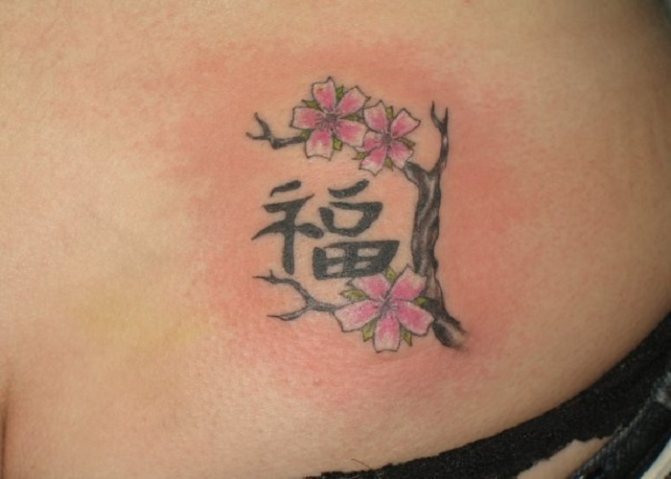

Happiness
- Love 爱 [ài].


Tattoo love in Chinese
- Power 力 [lì].
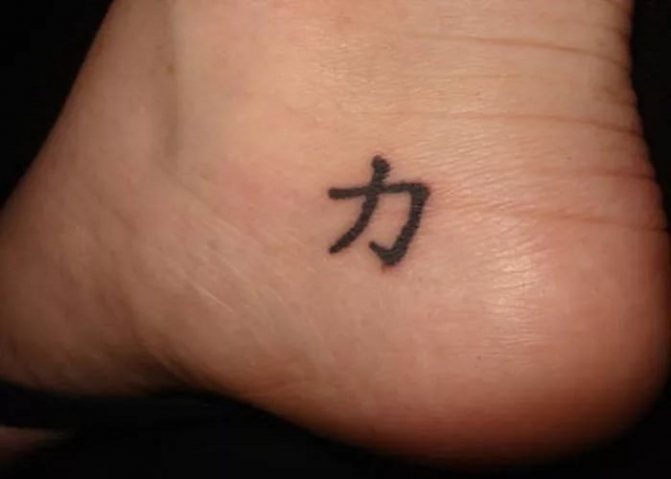

Power
- Dream 梦 [mèng].
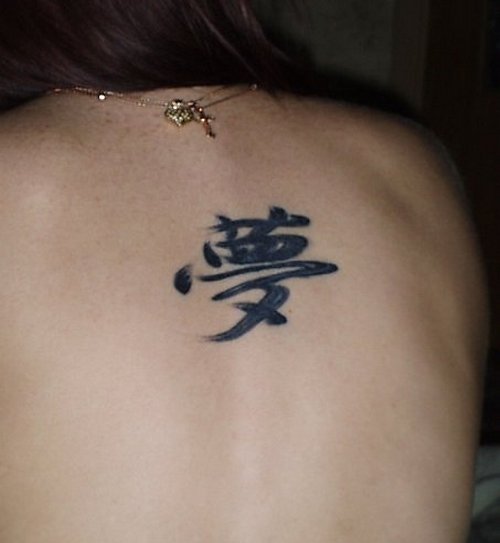

Dreams
- Beauty 美 [měi].
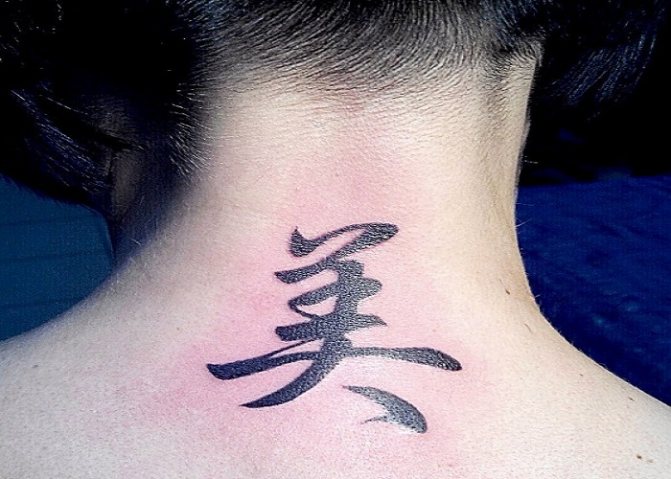

Beauty
- Loyalty 忠 [zhōng].


Fidelity
- Water 水 [shuǐ].
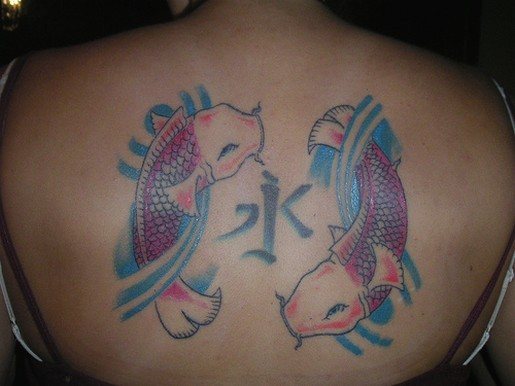

Water
- Bull 牛 [niū; niú].


Bull
- Peace, harmony 和平 [hépíng].
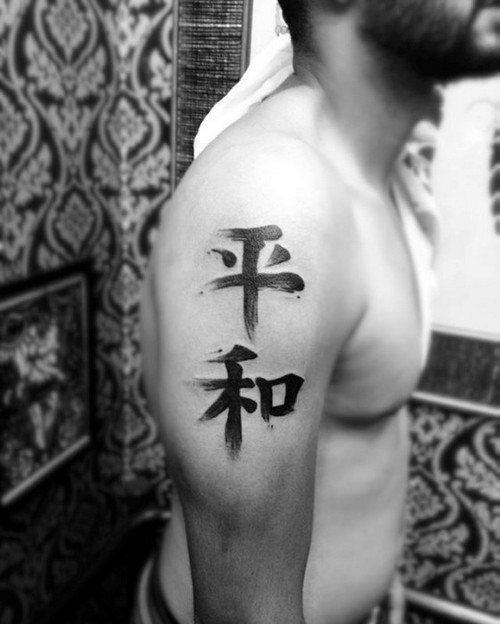

Peace, harmony.
- Courageous, valiant 英勇 [yīngyǒng].
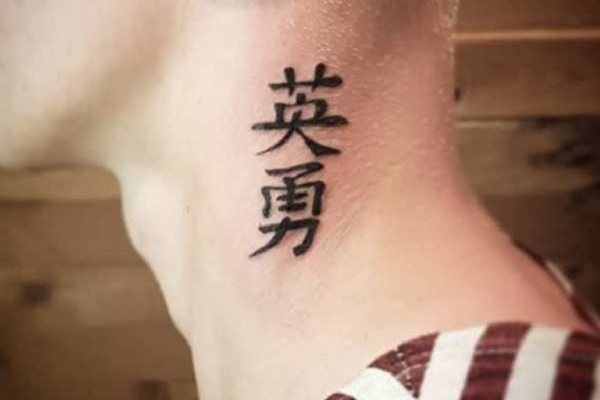

Courageous, valiant.
- Freedom 自由 [Zìyóu].


Freedom
By the way, we have a separate article about Chinese character tattoos.
Simple Chinese Characters: 12 easiest Chinese Characters
Chinese is one of the most difficult languages, but if you choose the right technique and understand the basics of the characters, there is nothing difficult about it. In addition, Chinese philologists assure that it will be much easier to memorize each successive character than the previous one.
The Chinese assure that the logic of the characters is not complicated and to memorize the simplest of them will not be very difficult.
- 人 rén - human. To start with a line to the left, then to the right (it should be written from the middle of the previous line). Another rule must be remembered - all characters are written clearly from top to bottom.


Man
- 木 mù - tree.
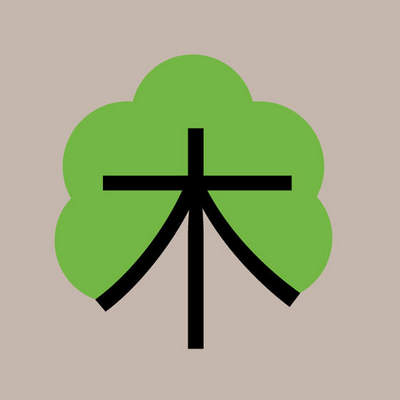

Tree
- 日 rì - has two meanings - day and sun. This character used to be written differently - there was a dot in the center of the circle. Now it is not as obvious as before. If you look closely at the sign, you can see the disk of the sun with a halo around it. According to the rules, the left vertical line is drawn first, then the upper and lower horizontal lines, and only after that the right vertical line. All lines in this case are written from left to right.


Sun, day
- 月 yuè - the character has two meanings: moon and evening. It is a pictograph that represents the young moon's sickle.
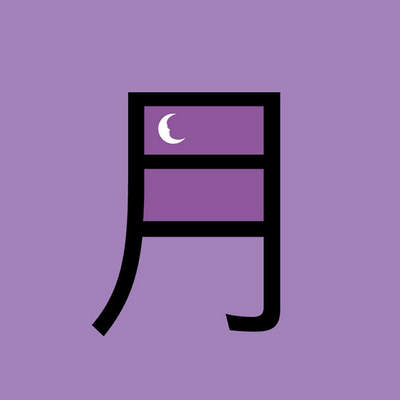

Moon
- This character 山 shān means "mountain" and is somewhat similar to it. Deciphered as follows - there are three mountain peaks on the horizon. Initially written the left short vertical line, which flows smoothly into the lower horizontal. Smooth movements write the long middle line and the extreme shorter one. All lines are drawn only from top to bottom.


Mountain
- 口 kǒu. The sign has a dozen designations, but the most common are "entrance" and "mouth." It is spelled the same way as the character for "sun" only without the middle line.
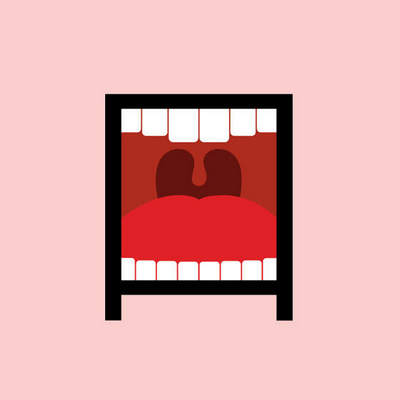

Mouth, Entrance.
- 犬 quǎn - dog.
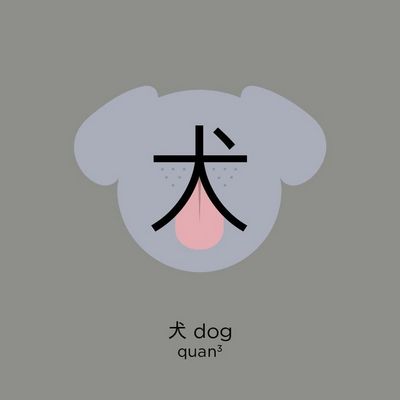

Dog
- 火 hǔo - means fire. It looks like a fire and its tongues of flame, which soar upwards. Draw in the following order: left and right "tongues of flame", then add the sign "man".


Fire
- 女nǚ - woman. The Chinese see in this sign almost all parts of the lady's body - arms, legs, head and back. If you look closely, the sign is depicted using 3 lines.
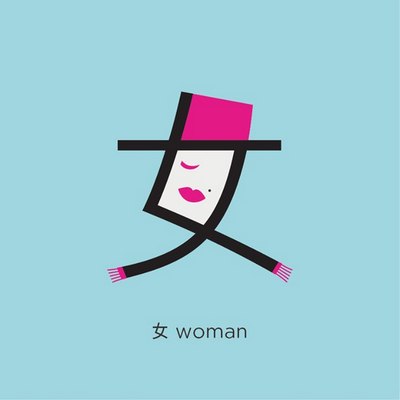

Woman
- 门 mén - door. If you look at the traditional door sign, it looks like the front doors in regular old Chinese houses (something similar to saloons in movies with cowboys).
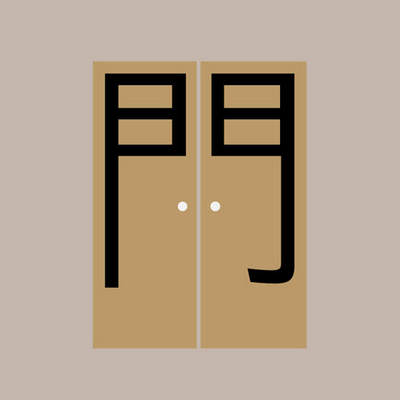

Door
- 王 wáng; wàng - emperor, king, king, prince.
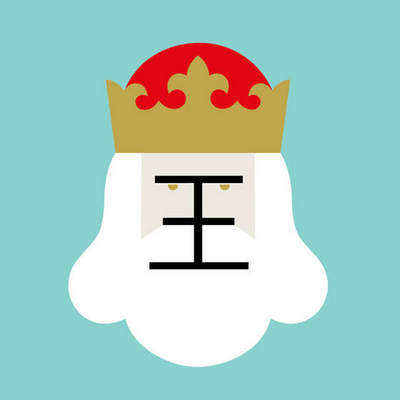

King
- 水 shuǐ - water.
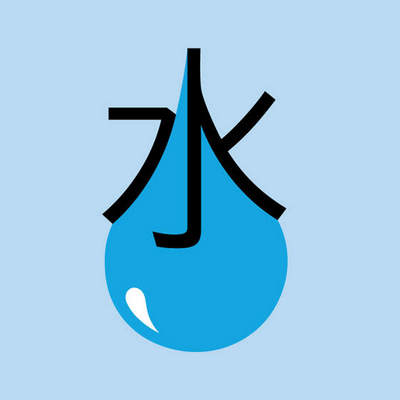

Water
Eternity
The shape of the hieroglyph "Eternity" resembles a stream of water. The ancient Chinese personified the river expanse with the infinity of time.
The "Eternity" sign includes all eight elements of the classic character.
After learning to write the character "yun" fluently and gracefully, you can consider yourself an experienced master.
Mother
Symbol-image of a nursing woman, gave the basis for the hieroglyph "Mother".
Modern businessmen use the pentagram as a fetish guarding a large financial investment.
The symbol means: "mommy", "nurse", "base".
The Wind
Historically, the hieroglyph "Wind" is a replica of the ancient pictograph "insect".
The "Wind" hieroglyph: the movement of air caused by the flapping of wings.
The sign (in combination with other symbols) can have many meanings: "wind", "breath", "manner", "way".
Other Chinese characters with translation into Russian
A few characters that can help in everyday life in China:
- 喜喜 - double happiness
Double Happiness
- 寿 - longevity
Longevity
- 尊重 - respect
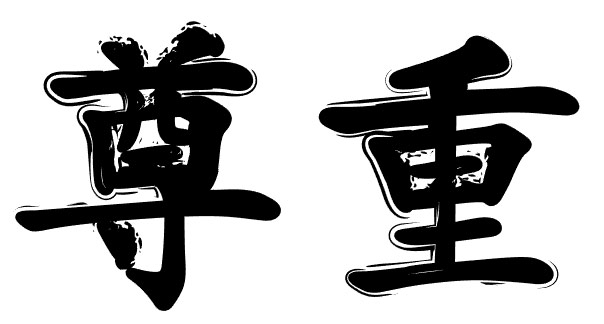

Respect
- 禄 - prosperity


Prosperity
- 永恒 - eternity
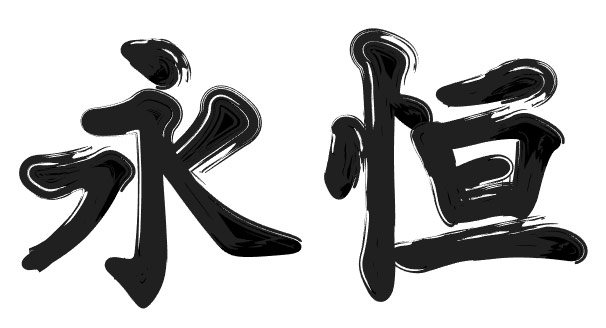

Forever
- 智慧 - wisdom
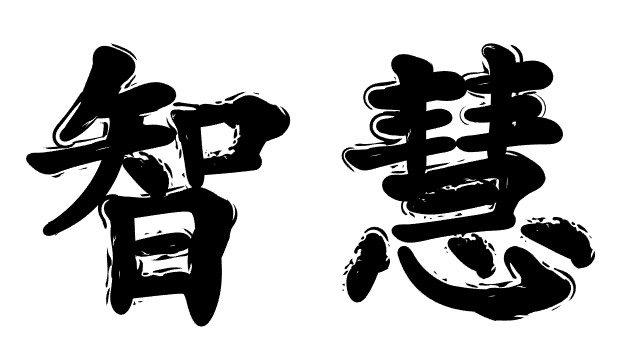

Wisdom
- 自豪 - pride
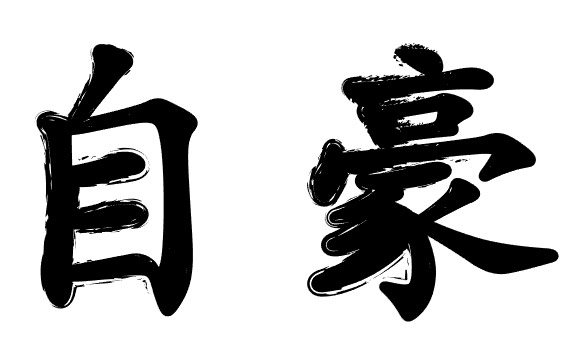

Pride
- 力 - strength
Power
- 朋友 - friend


Friend
- 能源 - energy
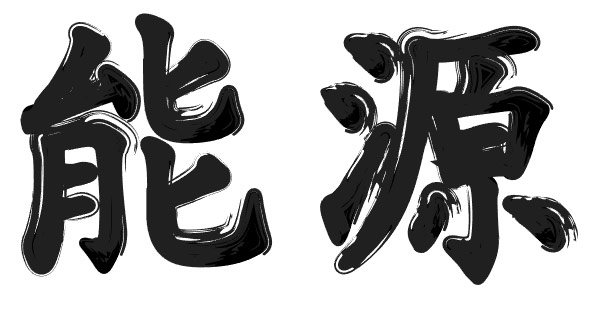

Energy
- 美 - beauty
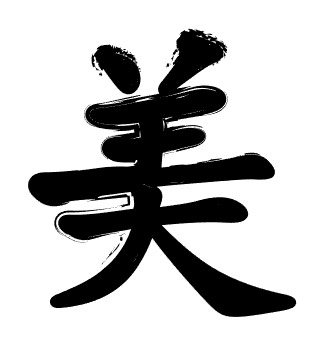

Beauty
- 自由 - freedom
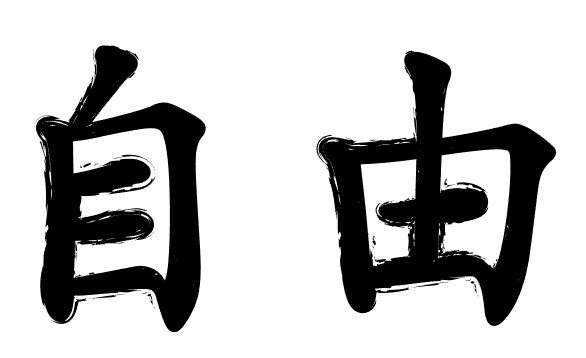

Freedom
- 梦 - dream
Dream
- 风 - wind
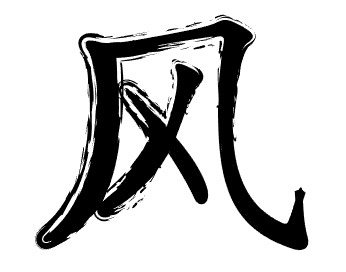

Wind
- 希望 - hope


Hope
- 和平 - peace and harmony
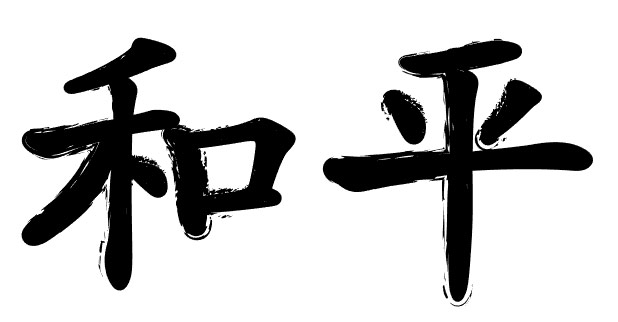

Peace, harmony
- 和798F↩ - fortune, luck
Luck
- 命运 - destiny
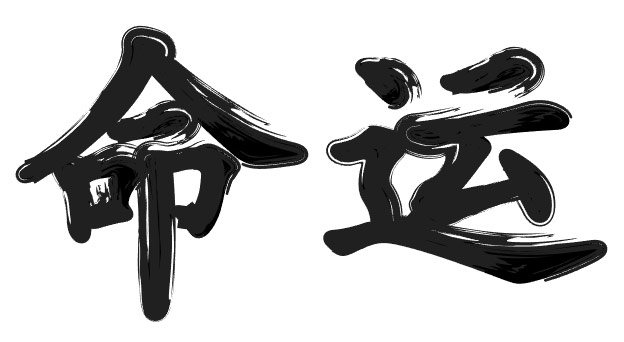

Destiny
- 忠诚 - loyalty, devotion
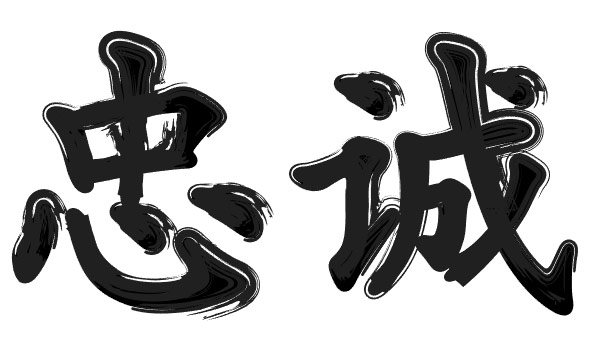

Devotion
- 勇气 - courage, valor
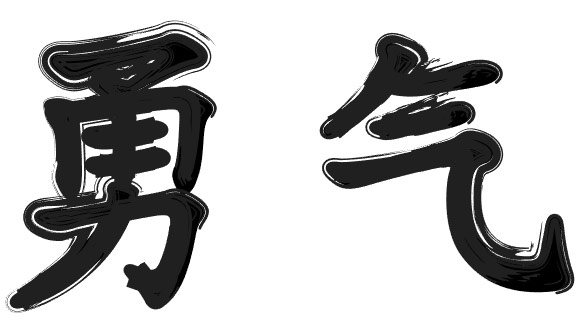

Courage, valor.
How many characters are there in the Chinese language?
It is impossible to tell the exact number of Chinese characters. Local philologists claim that it is about 50 thousand characters. One of the dictionaries published in 1994 indicated about 85 thousand hieroglyphs, although almost one third of them were not used.
During the Middle Ages, poets and philologists came up with more and more characters that they thought might diversify the Chinese language. To keep the situation under control, the authorities strictly forbade the introduction of new characters into Chinese writing without agreement.
So, if you are seriously thinking about learning the Chinese language, then it is worth turning to the dry statistics, according to which there are 3 thousand of the most common characters in China, the knowledge of which will help you understand 99.2% of the text. But it is much more interesting that knowledge of only 100 symbols gives the possibility to understand almost half (42%) of the text. The following statistics are as follows:
- 200 hieroglyphs, 55%.
- 500 hieroglyphs, 75%.
- 1000 hieroglyphs - 89%
- 1500 hieroglyphs - 94%
- 2000 hieroglyphs - 97%
- 3000 hieroglyphs - 99,2%
5) rising line.
In the character "I" (bottom left), the fourth line is "ascending."
As you spell the character, name the traits you already know.
The Chinese character for "I." Source: mdbg.net
The third trait in the character for "earth" is "rising."
Animated character for "earth". Source: mdbg.net
You may have noticed that in Chinese calligraphy, the lines are called "traces" or "dashes" but not sticks.) You probably already know it very well. And if so, from now on let's talk a little shorter, e.g. instead of "ascending line" just "ascending", "flipping to the left" and so on.
Of course, there are exceptions to many of the rules, so for example "dot" is one of the "eight basic lines," but it is still called "dot."
